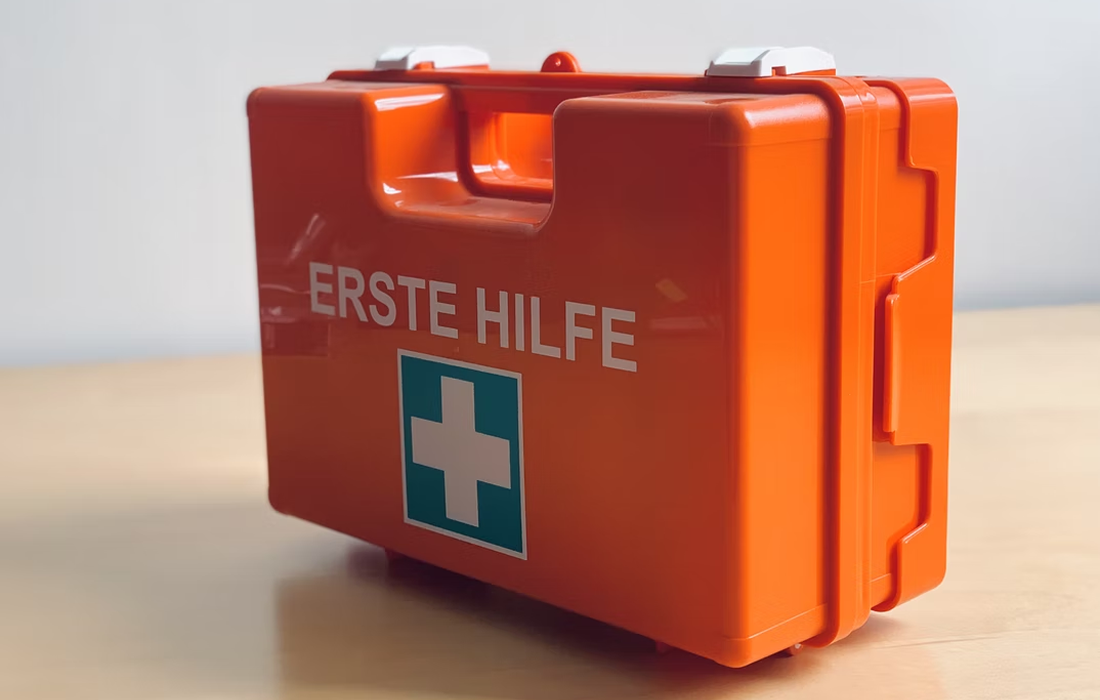Regenerative Medicine News and General Information
For the First Time, Doctors Were Able to Transplant Human Liver 3 Days After it Was Explanted
Organ transplantation is a very complicated procedure. Different factors must be met in order to be successful, such as compatibility between the donor and recipient, the process of moving the live organ from donor to recipient, and maintaining it working properly until it reaches its destination.
The traditional method of moving a transplant organ involves storing them at very low temperatures. However, this process has a very short time limit and may damage the organs.
Recently, a group of researchers from Zurich, Switzerland were able to keep a human liver alive for 3 days using a perfusion machine. The results of the study appear in the journal Nature Biotechnology.
Since 1988, over 170,000 liver transplants have been performed in the United States. In 2019, almost 8900 liver transplants were performed in the United States. Of them, approximately 8400 were from deceased donors and 500 from live donors.
Different organs can be kept in cold storage for different lengths. For example, a heart’s cold ischemia time is 4 to 6 hours, while a kidney’s is 24-36 hours. A liver can be kept in cold storage between 8 to 12 hours.
For the current study, the team used a perfusion machine as an alternative method to store the liver. They were able to maintain the liver for a total of 3 days before being transplanted and reported successful transplantation of the liver. The patient is doing well 1 year after the transplant.
This type of method could lead to transforming a liver transplantation from an emergency to an elective surgery according to lead author Prof. Pierre-Alain Clavien, chairman of the Department of Visceral Surgery and Transplantation at the University Hospital of Zurich, Switzerland.
Source:
Corrie Pelc (2022, Jun 8). World’s first: Doctors successfully transplant human liver treated in a machine. Medical News Today. Retrieved from:
Miyara SJ, et al. Epidemiology of Liver Transplantation. In: Molmenti E, Santibañes M, Santibañes E. eds. Liver Transplantation: Operative Techniques and Medical Management. McGraw Hill; 2021. Accessed June 08, 2022.
Image from:
Photo by Ploegerson on Unsplash

